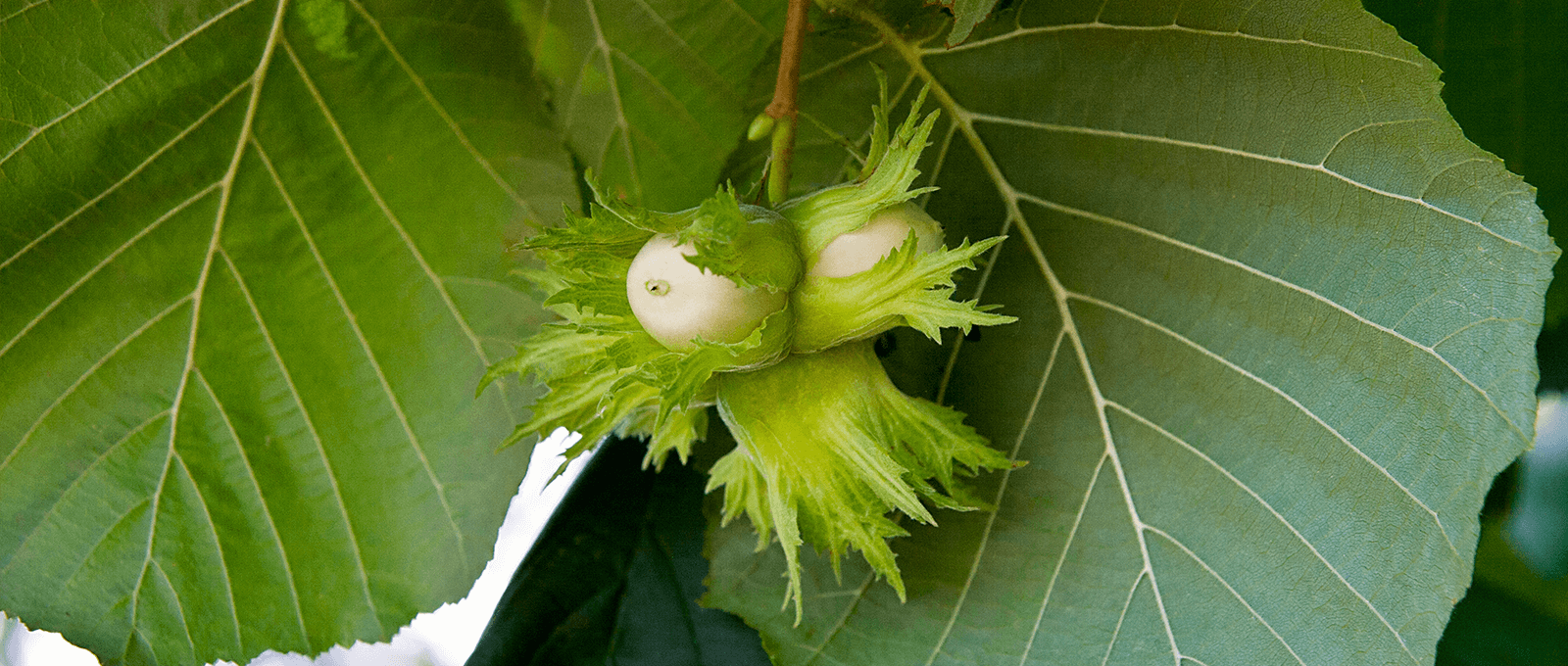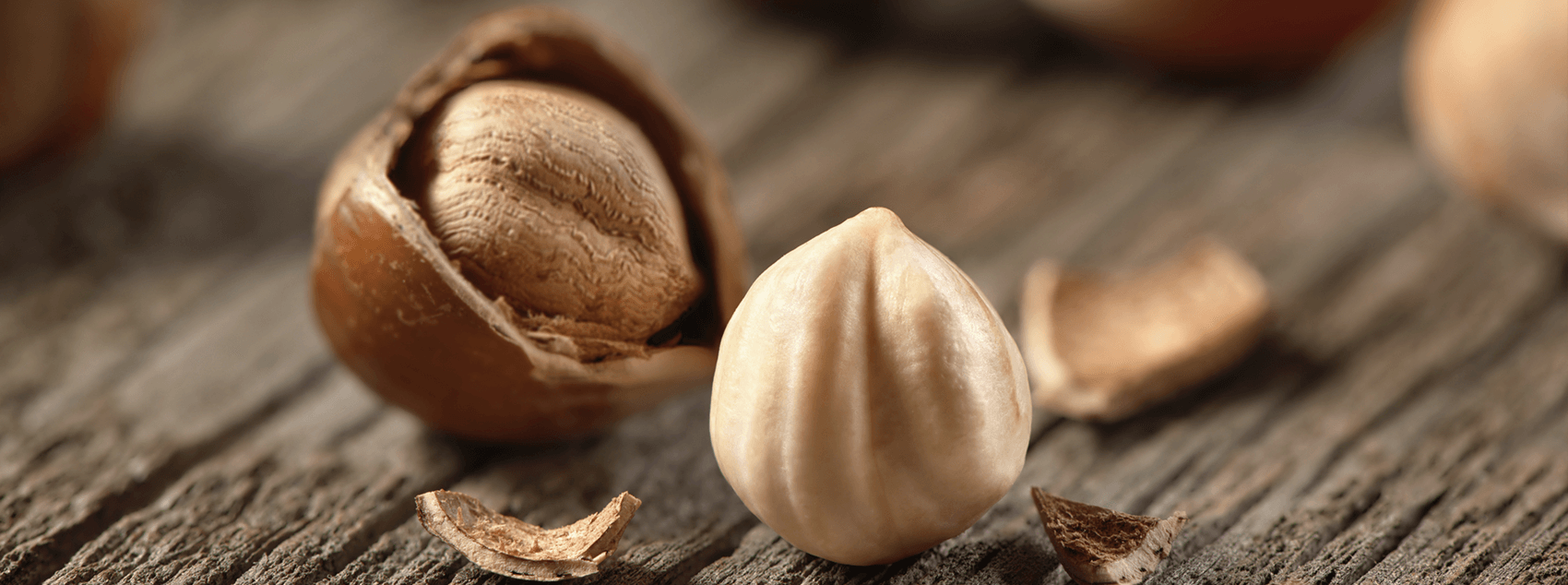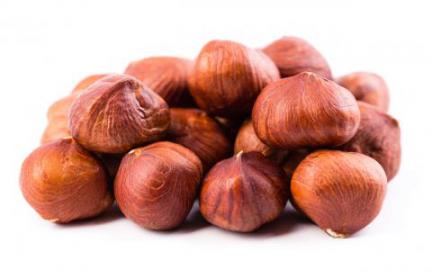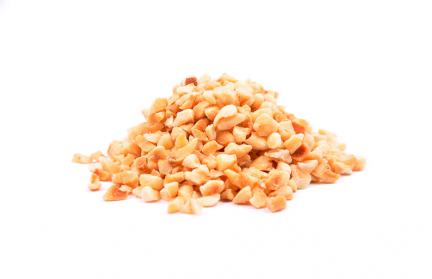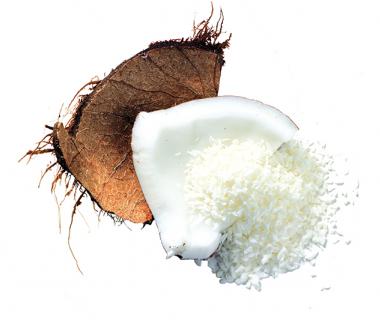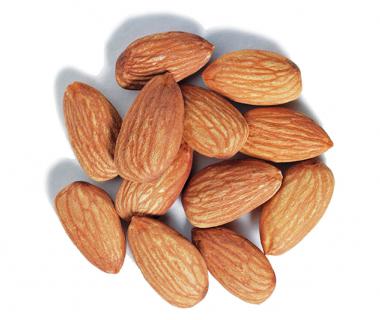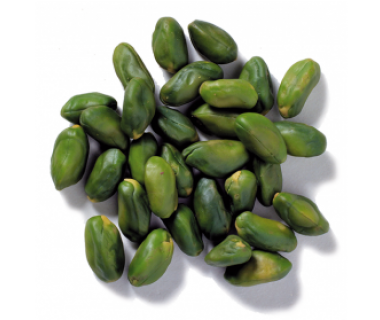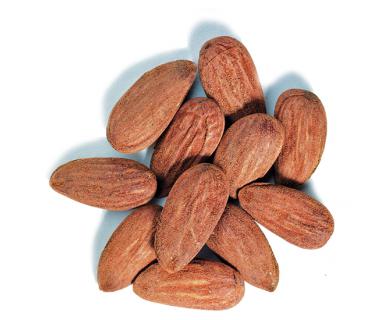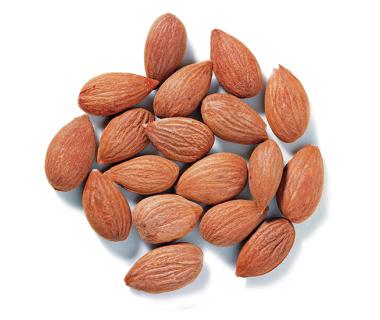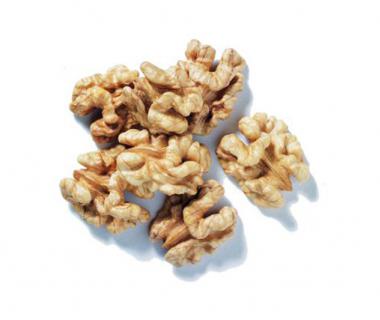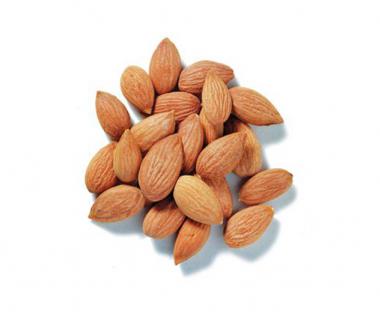Hazelnuts
The hazel is native to much of Europe, Anatolia and the Caucasus and grows preferentially in oceanic and sub-oceanic areas. A humid climate and mild winters, as on the Turkish Black Sea coast, are ideal for the flourishing of the fruits. The early bloomer of the birch family carries both male and female buds on a plant and is a wind pollinator. The tasty fruit is harvested in August / September.
The hazelnut has a long cultural tradition. It was considered a symbol of life and fertility, a lucky charm and a symbol of spring. In ancient Rome, a hazelnut branch was considered a symbol of peace. As a food, hazelnut was very important in prehistorical times. Hazelnut kernels contain about 60% fat.
The main source of hazelnut kernels is Turkey, with around 70% of the world crop, followed by Italy with around 10%. Other significant growing areas are Azerbaijan, Georgia, Spain and the US (Oregon). The Turkish National Hazelnut Research Institute in Giresun distinguishes 16 main varieties. The qualities of Giresun have the highest fat content and are therefore more blanchable. Levantines are favoured in terms of taste due to their high fat content of more than 60%. Hazelnut kernels from the Akçakoca area have a lower fat content and are therefore valued for their longer shelf life.

